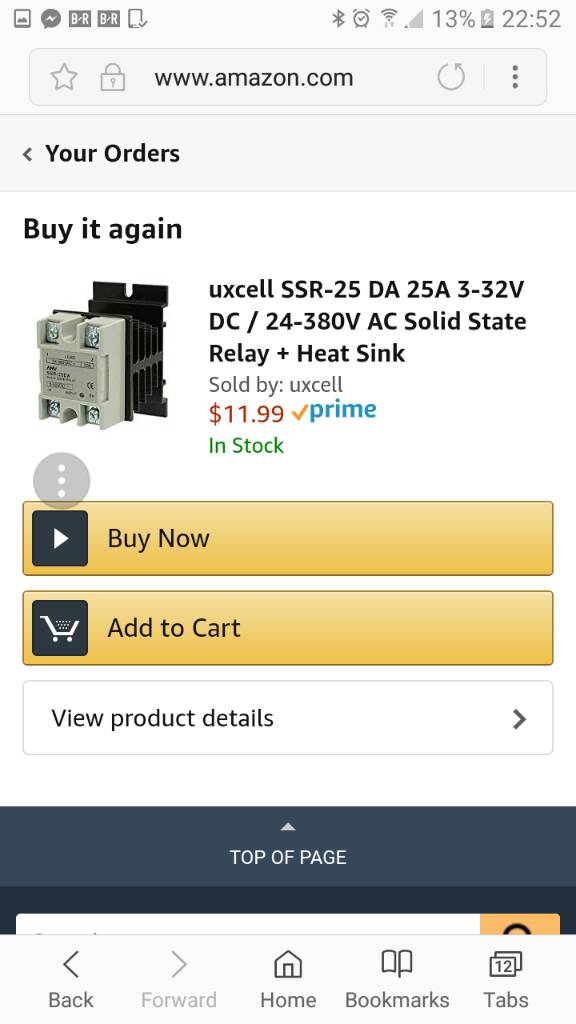I used the acronym PWM very loosely since it is common on this forum... Yes, you are technically correct it is pulse count modulation...
Think about it, any zero-crossing SSR connected to a PWM source instantly becomes PCM..... draw it out on a piece of paper. I think this is how they can say they 'spread them out'. That is what is happening if you make it something like a .1 second mainframe... I helped them come up with the version that has the two relay outputs a few years back, and I currently use the DSPR400 in a distillery controller.
I have played the same Russian roulette with my BCS brewery controller with 3 outlets with 5500w elements on a 50A cord for 10 years, and am still uncomfortable with the chance of all three coming on and warming up the wire while not setting the circuit breaker off... I am an electrical engineer and say that you should not trust the circuit breaker..
Please don't burn down your house...
Other things to read:
chuckjaxfl 5 years ago talkign about splitting up the time in software
https://www.homebrewtalk.com/forum/threads/30a-three-vessels-running-quazi-simultaneously.408223/
7 years ago my post on the BCS forum thinking about how to use digital logic gates on the input to the SSR's to determine a 'priority' system:
https://forum.embeddedcc.com/viewtopic.php?f=6&t=591&hilit=priority































![Craft A Brew - Safale BE-256 Yeast - Fermentis - Belgian Ale Dry Yeast - For Belgian & Strong Ales - Ingredients for Home Brewing - Beer Making Supplies - [3 Pack]](https://m.media-amazon.com/images/I/51bcKEwQmWL._SL500_.jpg)






























